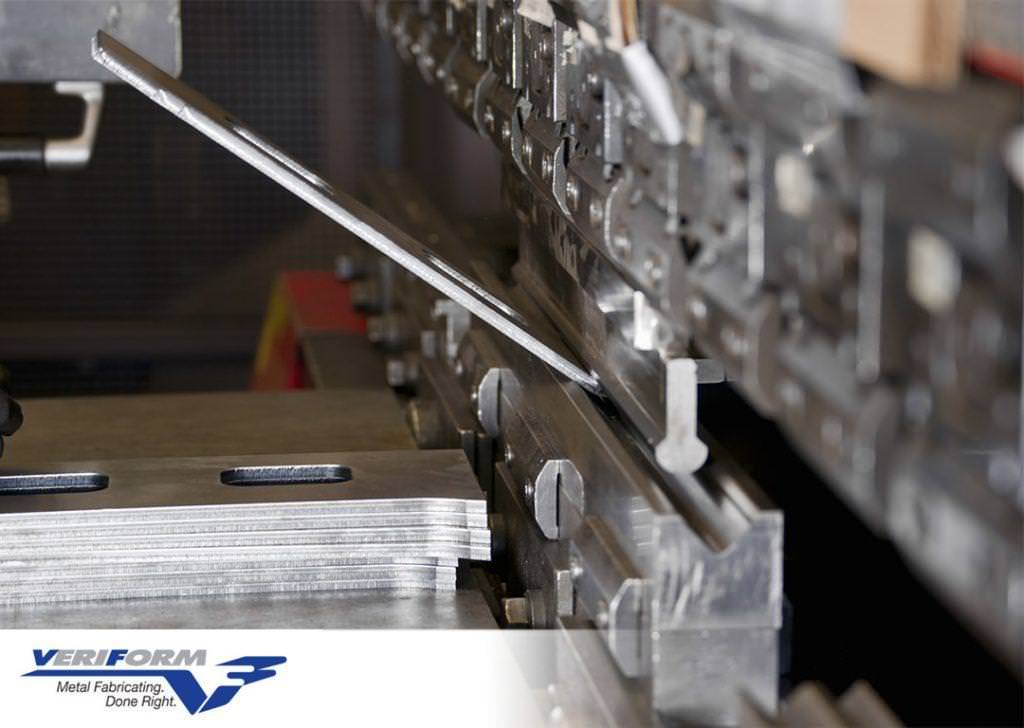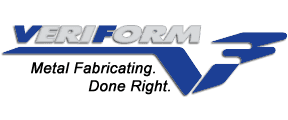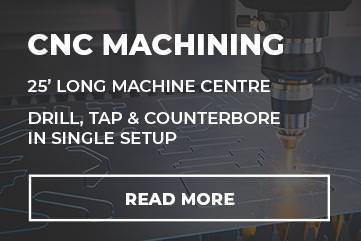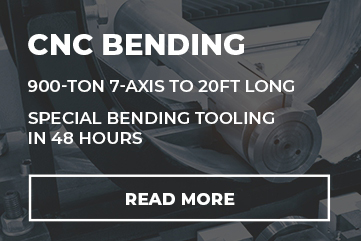News
CNC Folding: Its History and Benefits

Metal folding is a process in which a machine bends (or folds) metal in order to achieve an intended form. Today, thanks to precise and efficient technologies like CNC folding, metal can be formed into a variety of shapes for both industrial and household uses.
The Origins Of Metal Folding
Sheet metal folding machines started appearing in the U.S market during the 1990s. The technology, which had been used in Europe for years, was adopted by the roofing and structural fabrication markets first, but soon made its way into industrial and precision manufacturing applications.
Today, metal folding occurs when a press brake forces sheet metal between an upper tool called a punch and a lower component called a die. The press brake then manipulates these two parts to apply the bending force that gives the finished product its shape. When the process is controlled by Computer Numerical Control (CNC) technology, it enables greater and repeatable precision while folding metal of varying thicknesses.
The Benefits of CNC Folding
The CNC folding technology uses computer-based programming that saves a lot of time, especially on more complex parts and components. Once programming is complete, all facility employees have to do is feeding and unloading work: there is no need for any manual bending. Even if a part has multiple folds, all necessary bending and shaping can be completed in one operation, with an accuracy that can rarely be matched by manual handling.
At VeriForm, we have over 20 years of experience in metal folding fabrication. Our 20-foot CNC machine is fast, efficient, and delivers output that perfectly matches client specifications. Used for a wide range of industries, its reliable operation and precise results make CNC folding a natural solution for practically all folding projects. For more information about what this technology can do for your next project, please contact us today.








